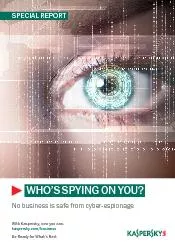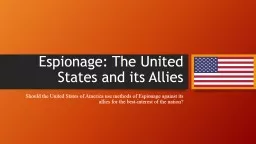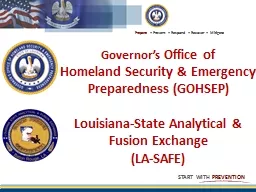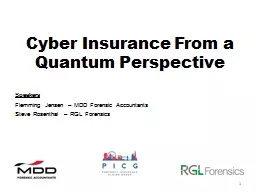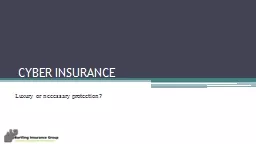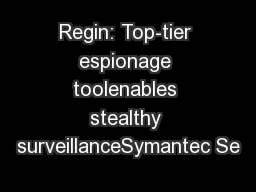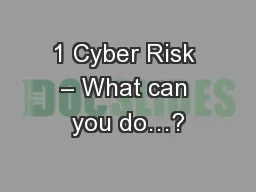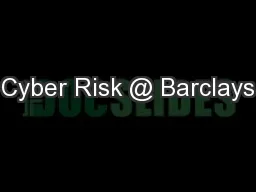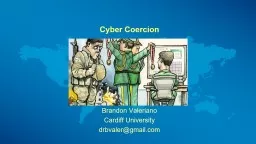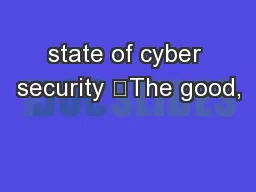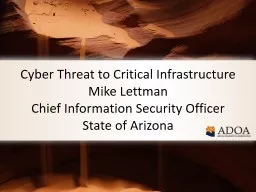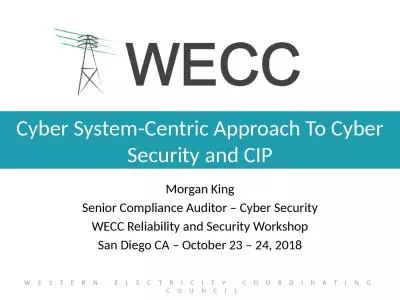PDF-No business is safe from cyber-espionage
Author : marina-yarberry | Published Date : 2015-10-30
WHO146S SPYING ON YOU AL RE With Kaspersky now you cankasperskycombusinessBe Ready for What146s ext 147Highprole targeted attacks on enterprises are becoming increasingly
Presentation Embed Code
Download Presentation
Download Presentation The PPT/PDF document "No business is safe from cyber-espionage" is the property of its rightful owner. Permission is granted to download and print the materials on this website for personal, non-commercial use only, and to display it on your personal computer provided you do not modify the materials and that you retain all copyright notices contained in the materials. By downloading content from our website, you accept the terms of this agreement.
No business is safe from cyber-espionage: Transcript
Download Rules Of Document
"No business is safe from cyber-espionage"The content belongs to its owner. You may download and print it for personal use, without modification, and keep all copyright notices. By downloading, you agree to these terms.
Related Documents

